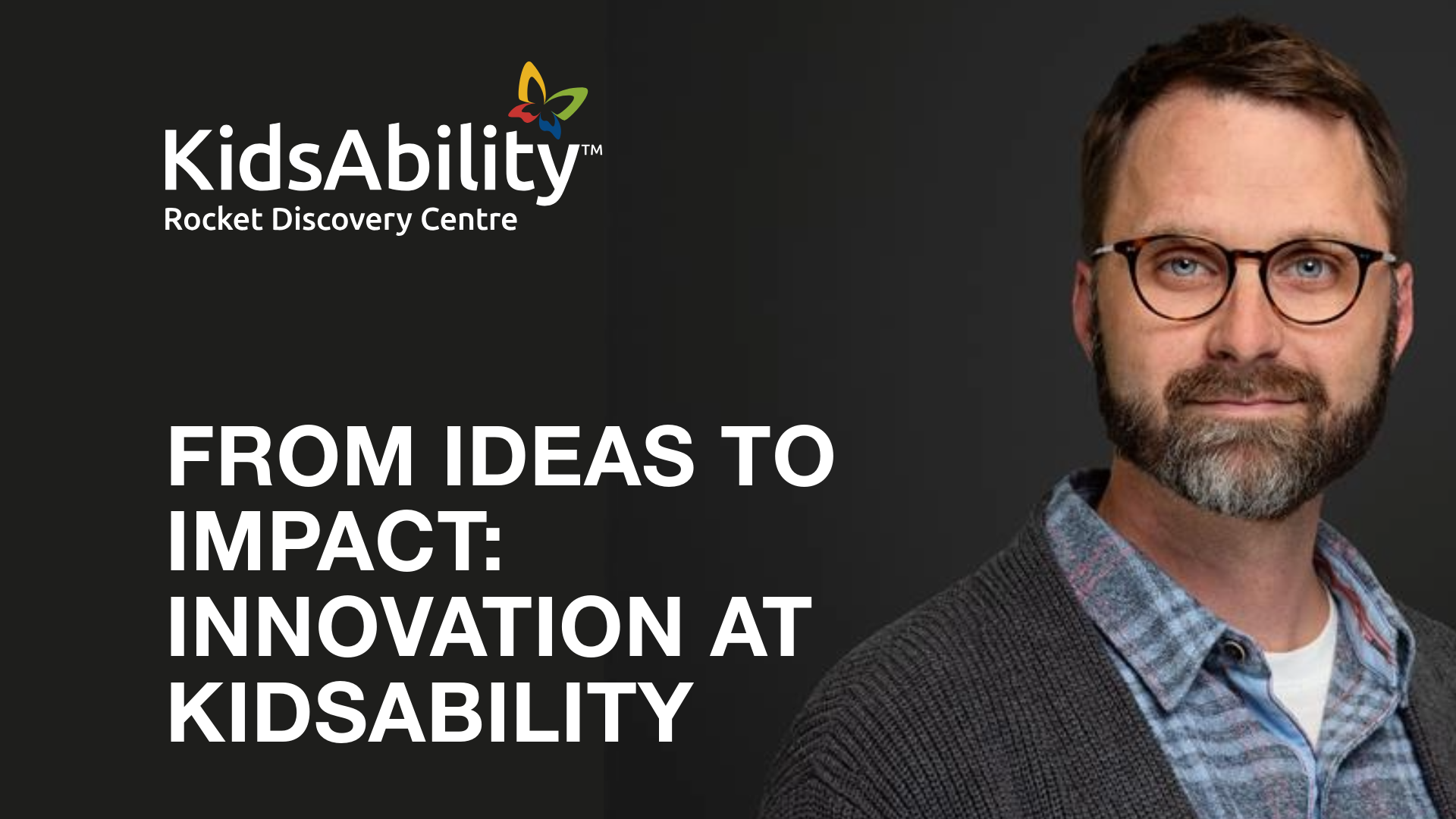According to the World Health Organization, someone is in need of blood every two seconds. While the average blood cell transfusion is approximately three pints, donors usually provide one pint of blood per donation. A single car accident victim can require as many as 100 pints. That's a lot of donations needed!
Donations are essential for trauma patients and people undergoing a variety of situations, including surgeries, transplants, chronic illnesses, blood disorders and cancer.
Here at BitBakery, we understand the importance of giving back, and usually donate in person, as a team. Things are a bit different now, but it’s not stopping us from giving back to the community.
Why we donate
One hour of your time could change someone’s life.
The need for blood is high, but only 10 percent of eligible donors regularly give blood.
“It’s an efficiently run operation.” says Wes Worsfold, regular donor and CEO at BitBakery. “The appointments are very well timed, so it’s smooth, safe, and easy”
From one unit of blood, red blood cells can be extracted for use in trauma or surgical patients. Plasma, the liquid part of blood, is administered to patients with clotting problems. Platelets help blood clot when cuts or other open wounds occur. They’re also often used in cancer and transplant patients.
One unit of blood can be separated into all these individual components that could help save multiple lives.
Knowing what's in your bloodstream
Every donor goes through a routine checkup prior to donation. Body temperature is checked along with blood pressure, hemoglobin and pulse. After donating, your blood is tested for 13 infectious diseases including HIV, West Nile Virus, hepatitis B and C, and syphilis. This gives you a cost-free quick check into your health.
For our Head of Marketing, Alex Kinsella, being a regular donor improved his health immensely after flagging unusually low iron levels.
“They said I should get it checked out. The next time I went to donate they told me I should go to the hospital because my iron levels were so low! After further testing, my doctor discovered I had Celiac disease, which explained more than just my low iron level problem. Left untreated, it could have caused a lot more damage down the road.”
In addition to keeping your iron levels in check, your body is forced to replenish your red blood cells when you donate blood. It’s like an oil change for your body! Research also suggests that donating blood can help preserve cardiovascular health, burn calories, and even reduce the risk of cancer.
Continuing a legacy of donors
“My grandfather and my father are regular donors,” says Worsfold. “It was just a natural progression for me to continue giving back.”
Every time you donate one pint of blood it helps save three lives, so if you donate just four times in a year, you end up saving 12 lives. You don’t have to be a superhero to save someone, a simple act of donating blood can also save lives.
Why it’s important
In Canada, 52% of people say they or a family member have needed blood or blood products at some point in their lives.
For Canadian Blood Services employee Gina Leyva, this statistic hits close to home. “When I was three years old, I was diagnosed with Thalassemia, a blood disorder in which the body makes an inadequate amount of hemoglobin. I required several blood transfusions then– it saved my life,” said Leyva.
This experience led Leyva to eventually start working with Canadian Blood Services. After her first year and a half working, Leyva had a son, born prematurely at just 24 ½ weeks. At two weeks old, he had an infection and required not one, but three blood transfusions.
“Because he was so small, every transfusion came from a single donation of blood,” says Leyva. “One hour of someone’s day saved my son’s life three times.”
As a Territory Manager, Leyva manages donations and clinics across Kitchener-Waterloo, Cambridge and Ayr. It’s her job to make sure blood demand is being met using unconventional sales tactics to motivate people to donate.
“I love what I do,” says Leyva. “Because I can share my personal experience, it gives me a strong connection to what I do.”
When you give, you could be saving your neighbour
At the beginning of each year, Canadian hospitals set a demand for blood based on what they needed the year before. “We have targets every single day, every hour,” says Leyva. “It really is a unique working situation. Say, if you’re a salesperson and you don’t hit your target, you get fired. If we don’t get enough units of blood, someone could lose their life.”
If this fact isn’t motivating enough, it gets better.
“What a lot of people don’t know is, when you donate blood in Kitchener-Waterloo, it comes back to the community it was donated in after testing in Brampton, ON,” says Leyva. “So, when you donate in town you could literally be saving your neighbour.”
Innovation at Canadian Blood Services
“Every time I go in to donate, something has been improved. After working in tech for so long, I see this as continuous innovation,” said Kinsella. “Their branding is awesome and they engage well with communities in person and on social media– they really are a modern organization.”
In 2013, Canadian Blood Services placed third in a national challenge aimed at accelerating the use of e-scheduling innovative solutions. They were recognized for adapting to the digital age and developing quality e-solutions to improve our donor experience and ultimately healthcare quality.
Online booking helps speed up the process to improve patient experience and overall healthcare quality and allows for quick access to feedback and iteration. “ We take every piece of feedback very seriously, and act on as soon as possible,” said Leyva.
Canadian Blood Services, through its Centre for Innovation, conducts and supports research projects in key priority areas that span the translational continuum from “bench to bedside.” The focus is on transfusion science and medicine but also related fields such as cellular therapies (in particular hematopoietic stem cell transplantations) and organ and tissue transplantation.
Future of Canadian Blood Services
“We have a commitment to build and deepen relationships with the donors of the future,” said Leyva. “That means delivering exceptional experiences to Canadians who donate blood or register to become stem cell or organ donors wherever they interact with us.”
Just like we do customer research to find new clients, Canadian Blood Services is continuously researching ways to connect with donors. This helps them gain deeper insights into shifting demographics, social trends, and cultural diversity as the donor base evolves to reflect patients’ changing needs–especially with our aging population.
For the future of Canadian Blood Service, Leyva predicts future improvements to digital work, continuously updating policies to be more inclusive, conducting more research and always prioritizing safety.
“It’s in you to give”
Blood is the most precious gift that anyone can give to another person–the gift of life. A decision to donate your blood can save a life, or even several if your blood is separated into its components.
You could be helping a child being treated for cancer, a mother who has just given birth, or a father about to have heart surgery. Every donation you make matters. It matters to every patient and their loved ones across Canada.
To make an appointment to donate, download the GiveBlood app, call 1 888 2 DONATE (1-888-236-6283) or book now at blood.ca.




